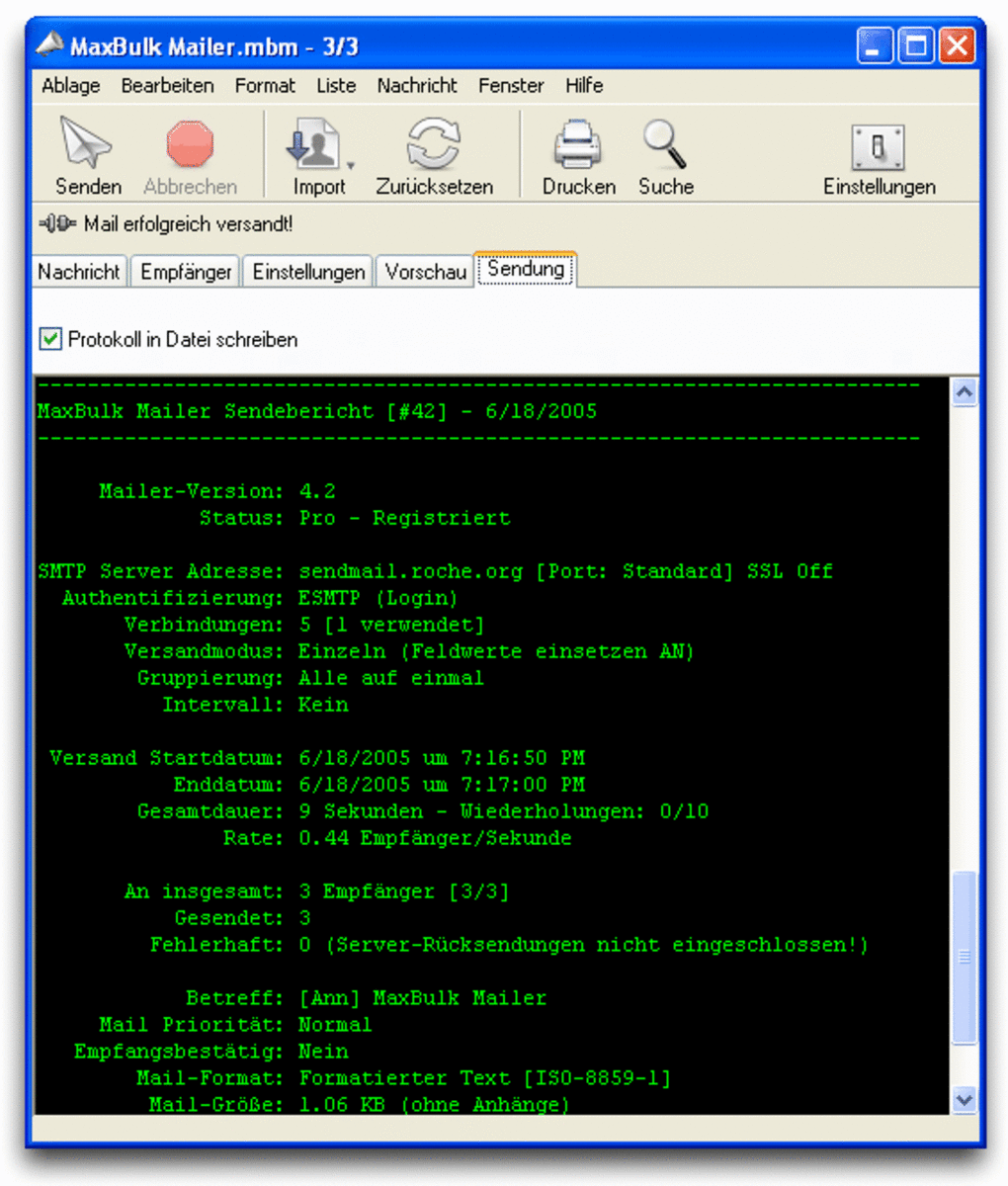

fischeri had higher thermal tolerance than did A. Experiments were performed in triplicate. The decimal reduction time ( D-value) and the temperature needed for a 1-log change in D-value ( z-value) in a low-acid (pH 6) confectionary model comprising evaporated milk and fructose adjusted to aw of 0.70, 0.75, and 0.80 were determined by creating thermal death time curves. The objective of this study was to evaluate the effect of aw on the thermal tolerance and survival of one strain of Aspergillus pseudoglaucus and two strains of Aspergillus fischeri. Very few studies have been published addressing filamentous fungi that are tolerant to low aw in food products containing all nutrients essential for filamentous fungi growth, including sugars, carbohydrates, proteins, and fats, but not preservatives. Confectionery products with low water activity (aw) are typically considered resistant to contamination with filamentous fungi however, several xerophilic fungi can cause considerable economic losses due to spoilage. Fungal genera representation in the terminal nodes indicated that production failures, in addition to product-specific attributes, were responsible for determination of the most probable spoilage organism.Ĭonsumers are increasingly searching for preservative-free and "natural" food options.

In order of decreasing contribution to subgroup homogeneity, the split rules for the classification tree were based on process, water activity, food matrix category, and pH.

The occurrence of filamentous fungi repeatedly isolated ranged from 2% (Phoma spp.) to 18% (Penicillium spp.). All of the isolated fungi belonged to the Ascomycete phylum, except four mucoralian isolates and the basidiomycete Rhodotorula. Additionally, recursive partitioning was used to generate a classification tree with the outcomes, genera of the spoilage isolates, divided into increasingly homogenous subgroups. The prevalence and diversity of the identified spoilage fungi were evaluated in relationship to product-specific attributes using various descriptive statistics and a bipartite network analysis. The spoilage etiology was identified in 127 products through ITS region sequencing. This study was designed to evaluate the influence of intrinsic and extrinsic food product variables on the identity of spoilage fungi genera isolated from commercially produced foods. The processing conditions and physiochemical properties used in food manufacturing create niches which support the growth of a limited number of spoilage fungi. Based on the obtained results, we propose for the first time an innovative schematic diagram explaining the potential reactions and pathways for VOCs formation during the different steps of the SCH production. Chemometric analysis allowed to identify 35 VOCs as potential markers for processing control by the producers and as guarantee of the typicality and authenticity of SCH. In stage 3 and 4, the caramelization and melanoidin degradation also occurred, while in stage 5, the thermal degradation continues, followed by microbial activity. lipid oxidation, Maillard reactions, Strecker degradation). enzymatic browning) and thermal degradation (i.e. VOCs formed during stage 1 and 2 were originate from raw material, and its oxidation (i.e. One hundred eighthy seven VOCs were identified, being associated to several origins and formation pathways. The establishment of volatile profile throughout all SCH-making stages during four years, allowed the evaluation of the influence of each stage in the typical characterisitcs of SCH. Sugarcane honey (SCH) is a syrup from Madeira Island recognized by its unique and excellent aroma, associated to volatile organic compounds (VOCs) generated during the well-defined five stages of its traditional making process. The cherry would not likely be a source of yeast contamination. Generally, the spoiled product will develop leakers. Of yeasts in the liquid sugar brine or the cherry. Spoilage of products, such as chocolate-covered cherries, results from the presence W range for high-sugar products is between 0.20 and 0.80 (Banwart, 1979 Richardson, 1987 Lenovich & Konkel, 1992 ICMSF,ġ998 Jay, Loessner, & Golden, 2005). Of the growth of osmophilic yeasts and xerophilic molds (Von Richter, 1912 Anand & Brown, 1968 Brown, 1976). W), which is known to inhibit the growth of most spoilage and pathogenic bacteria. A common intrinsic parameter associated with high-sugar Products grouped in the sugar confectionery category include hard candy, soft/gummy candy,Ĭaramel, toffee, licorice, marzipan, creams, jellies, and nougats. The high-sugar products discussed in this chapter are referred to as chocolate, sugar confectionery (non-chocolate), liquid


 0 kommentar(er)
0 kommentar(er)
